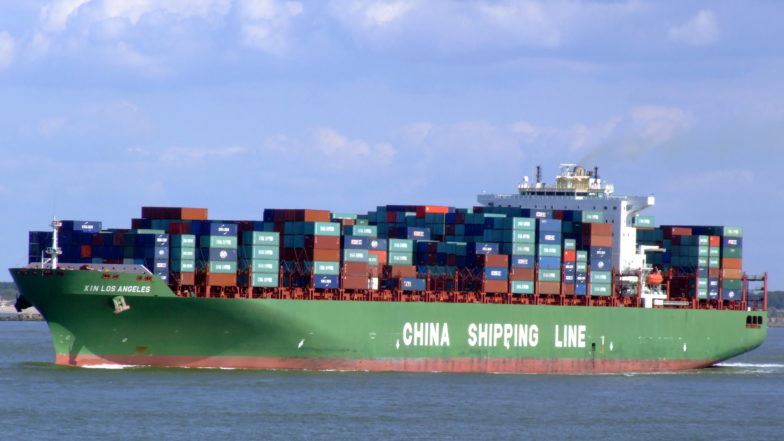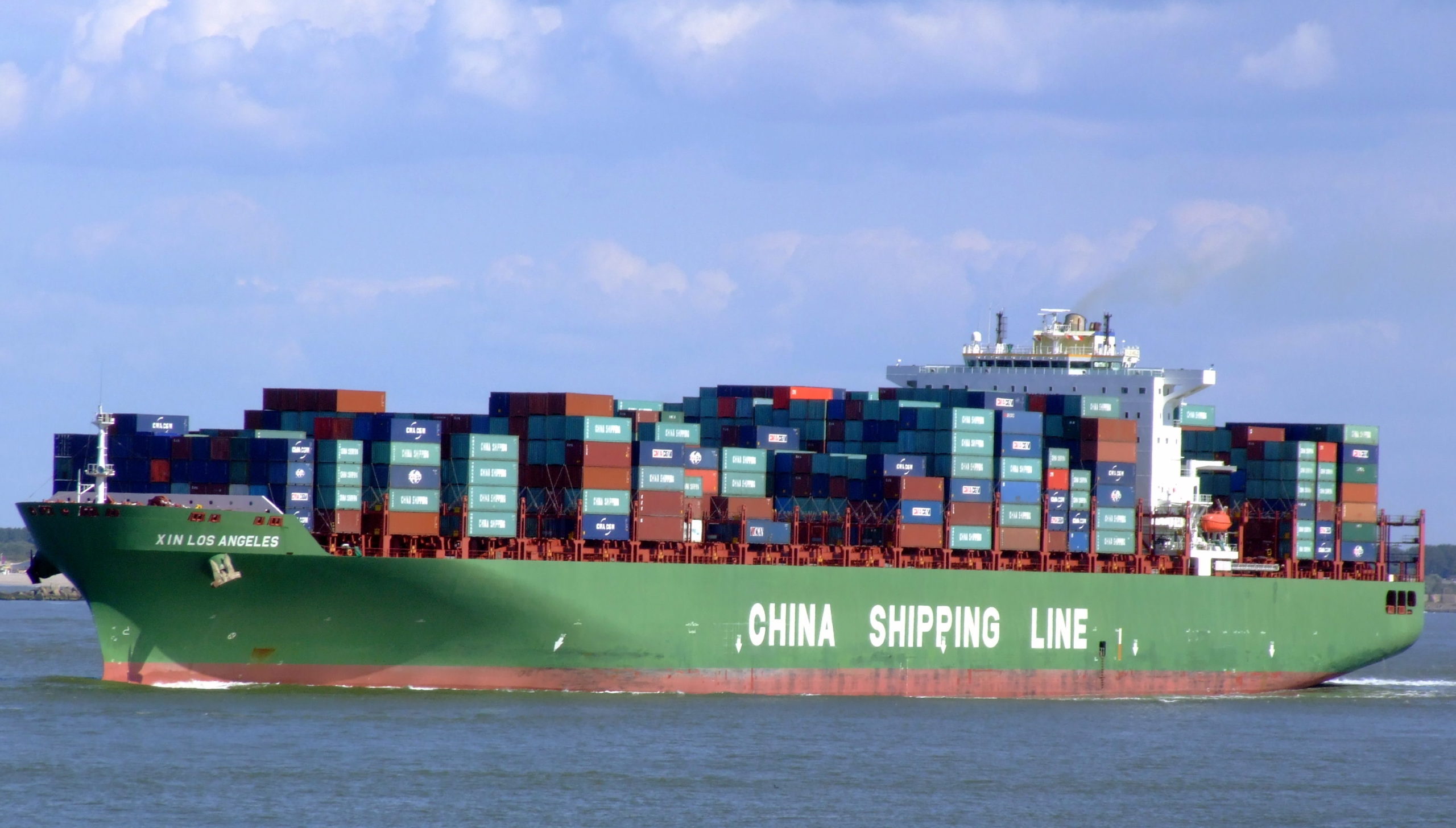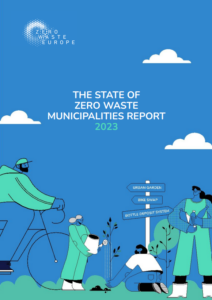Europe at crossroads: After the Chinese ban on plastic waste imports, what now?

The Chinese waste import ban puts Europe at a crossroads. One way, a continuation of the status quo to the detriment of the environment, health and human rights. The other, a new opportunity for the circular economy.
 It is a common expression these days that Europe is at crossroads. We’ve often heard of it with regards to economy, aging population, EU governance and the rise of nationalism and populism across the continent. Although at a different level of intensity, the Chinese ban for plastic waste imports has the potential to massively impact Europe’s and the EU’s waste sector.
It is a common expression these days that Europe is at crossroads. We’ve often heard of it with regards to economy, aging population, EU governance and the rise of nationalism and populism across the continent. Although at a different level of intensity, the Chinese ban for plastic waste imports has the potential to massively impact Europe’s and the EU’s waste sector.
Until December 2017, the European model for dealing with plastic waste was predominantly based on incinerators (roughly 40%), landfills (around 30%) and exports (more or less 12%), primarily to China and other countries in the Global South. Growing quantities of low-grade and low-quality plastics unfit for recycling, often in the form of single use products or packaging, along with low performing separate collection schemes and the lack of level-playing field between secondary plastics and virgin one have lead to significant undercapacities for plastic recycling in Europe. The most likely plastic to be recycled in Europe was those which were clean and high quality. For the rest, export to countries with cheaper labour costs or reduced environmental standards was the easiest option and that meant mostly China.
Until now, waste exports for recycling have been an easy way to both get rid of low-quality materials that we don’t know what to do with in Europe and to simultaneously tweak EU recycling rates. While the European calculation methodology for recycling targets allows for the inclusion of waste to be recycled abroad (and this makes sense to a certain extent, for instance in small countries which lack national capacity and need to export certain waste streams), in theory these quantities of waste can only be counted as recycling so long as there is certainty that the recycling or preparation for reuse actually happens. The truth is that there is little or no information on whether that waste is recycled and under which conditions. With no traceability system in place, assuming that all the EU’s low-quality low-value plastic waste exported is being recycled is just wishful thinking.
For the waste that does get recycled, recent research indicates that labour and environmental conditions are far from being equivalent to European ones, which often translates to an increased impact on communities, public health and the environment. It is precisely these poor conditions in which recycling takes place and the environmental impacts of recycling or otherwise processing imported waste that are behind the recent ban from China on all imported waste that started at the very beginning of 2018. Although no major changes are to be expected in the short term, the ban poses significant problems to European countries that are used to sending away significant amount of plastic waste and counting them as recycling, even if there is no certainty that recycling actually happens. Now the problem is double: what to do with all that waste and how to reach the targets.
Europe is now at crossroads with two main solutions ahead. The first one is to continue with business as usual, producing increasing amounts of low quality plastics and finding new markets where we can get rid of them while we consider whatever happens abroad as “recycling”. This will work until these countries follow China’s path and decide to stop being the world’s landfill. The second option is to tackle plastic waste at source, with ambitious plastic prevention and reuse targets and increase capacity for recycling in Europe. Although it requires courage and significant systemic change of our consumption and production patterns, this is, by far, the best and only long-term solution and, even better, it is good for the people, good for the planet and good for the economy.“The European model for dealing with plastic waste was predominantly based on incinerators (roughly 40%), landfills (around 30%) and exports (more or less 12%), primarily to China and other countries in the Global South“


